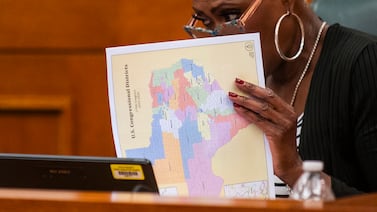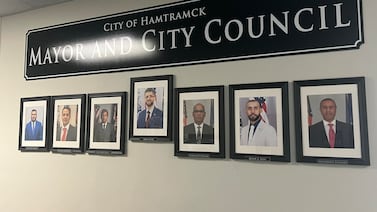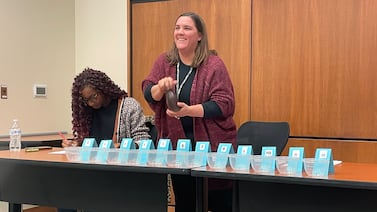Votebeat is a nonprofit news organization reporting on voting access and election administration across the U.S.
This news analysis was originally distributed in Votebeat’s free weekly newsletter. Sign up to get future editions, including the latest reporting from Votebeat bureaus and curated news from other publications, delivered to your inbox every Saturday.
After years of speculation about the “death” of in-person voting, the latest national data shows a bit of a rebound: Americans are returning to the polls in person.
According to a new MIT report titled “How We Voted in 2024” — released exclusively to Votebeat — more than 7 in 10 voters showed up to a polling place to vote, either early or on Election Day. And while voting habits are still shifting after the pandemic, some clear patterns are emerging.
Voting by mail, which surged to 43% of ballots cast in 2020, dropped to 29% in 2024. That’s still above the 21% seen in 2016 and 13% in 2012, suggesting that voting from home remains more popular than it once was. At the same time, in-person voting made a comeback. In 2020, just 31% of voters cast their ballots on Election Day, down from at least 60% in previous presidential election years. In 2024, the figure rebounded to 40%. Early in-person voting also continued its slow rise, reaching 31% last year.
Together, these trends show that while some pandemic-era habits are sticking, many voters are returning to the polling place — either early or on Election Day, said Charles Stewart, a political scientist who heads the MIT Election Lab and wrote the report.
Other things are leveling out as well. The partisan divide on vote by mail is narrowing, Stewart said. “Election administration continues to be very salient to Republicans,” he said, while Democrats have “kind of gone back to their business.”
What’s driving the shift to in-person voting?
The drop in mail voting was largely driven by Democrats reverting to in-person voting. In 2020, 60% of Democrats voted by mail; in 2024, that number dropped to 37%. Republicans remained less enthusiastic about mail voting, with 24% using the method in 2024, down from 32% in 2020.
Stewart said the shift likely stems from Republican messaging. GOP leaders resisted expanding early and mail voting during the pandemic, but that’s changing. The ultimate goal is voter turnout, and GOP consultants and strategists were “worried about being hamstrung by Democrats” when it came to getting voters to the polls, he explained. While Donald Trump remains skeptical of mail voting, Stewart said, many Republican political consultants actually favor early voting because it lets them “focus on the voters who actually need to be delivered to the polling place on Election Day.”
Also notable: even though more people resumed voting in person, fewer voters had to endure long wait times. Only 11% of Election Day voters waited more than 30 minutes, down from 14% in 2020. Early voters fared even better, with just 15% experiencing such wait times.
Stewart has been studying lines and wait times for years, and said he was worried that as states began to offer fewer polling locations, problems with long wait times might grow. That the opposite happened suggests to Stewart that fewer people are voting on Election Day than in many past elections, and that states have reduced the number of polling places accordingly. States like Georgia and South Carolina that once had infamously long lines apparently no longer do.
New hubs for voting
Public schools, once the archetypal backdrop for Election Day news photos, are falling out of favor as polling places. In 2024, just 22% of Election Day voters cast their ballots at a school, down from 28% in 2020. Community centers are now the most common polling places, used by 32% of Election Day voters and 26% of early voters.
That shift has been happening over many years, driven in part by security concerns and access challenges at schools, particularly after COVID, and increased attention to school safety. The trend could make it harder to find enough polling sites in some places that don’t have other large, accessible community spaces.
A quiet comeback
The return to in-person voting has not led to chaos at the polls. On the contrary, voters largely reported positive experiences:
- 98% had no issues with registration or equipment.
- 83% said their polling place was “very well-run.”
- 86% of Election Day voters observed no disruptions.
That’s not to say everything went perfectly. Some voters did report confusion finding polling places, and there were more incidents of improper photo-taking inside polling locations. But overall, voters seemed to like what they saw when they got there.
As we head toward the 2026 midterm elections, these trends are worth watching. The in-person voting infrastructure, strained and overhauled in 2020, is now being called back into service. And if the 2024 data is any guide, voters may be just fine with that.
Jessica Huseman is Votebeat’s editorial director and is based in Dallas. Contact Jessica at jhuseman@votebeat.org.





